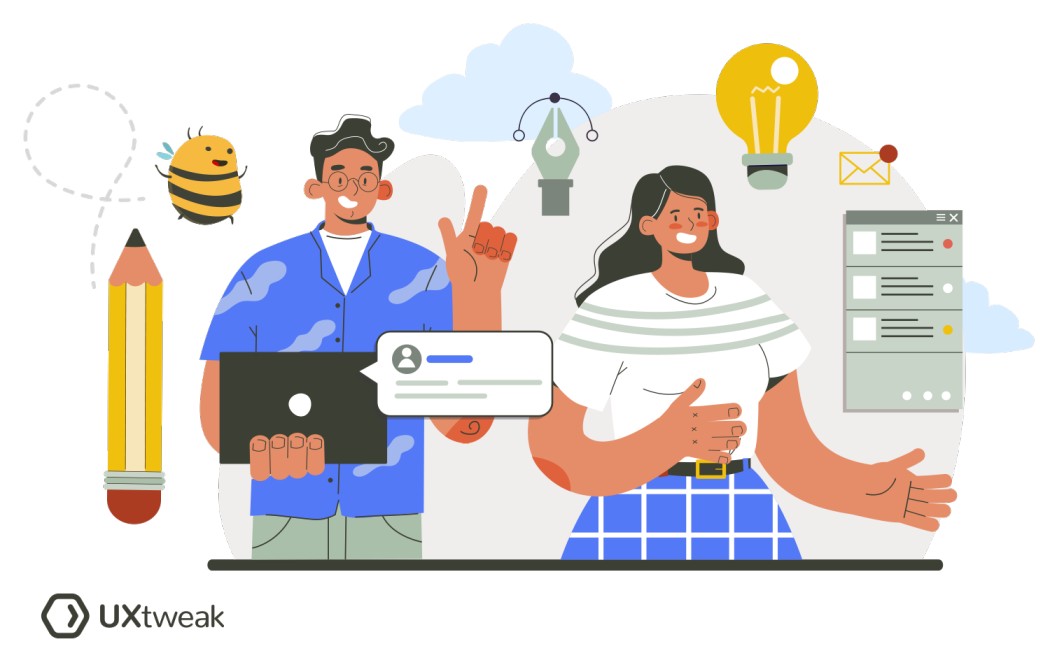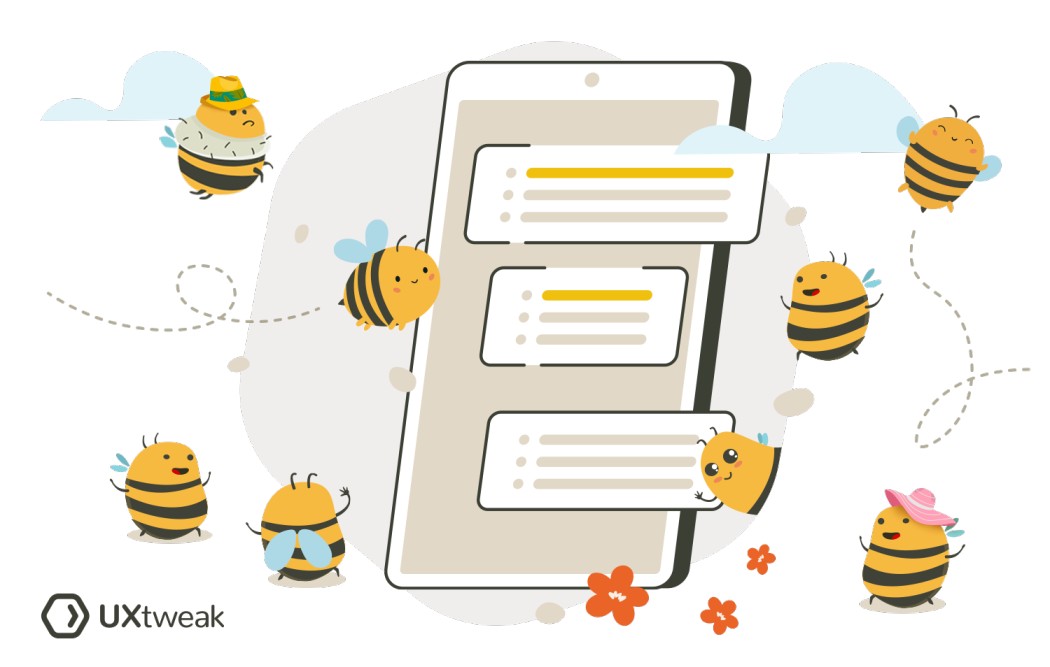What is product experience management?
Product Experience Management (PXM) refers to the strategic approach and practices employed to holistically manage and optimize the end-user experience of a product throughout its lifecycle. It involves curating, organizing, and enriching product information, digital assets, and other relevant content to ensure consistent, accurate, and compelling experiences across various touchpoints.
PXM aims to provide customers with the most relevant and engaging product information, regardless of the channel or platform they choose to interact with. It involves strategic alignment, effective data management, and leveraging technology to deliver seamless, personalized, and impactful product experiences.
Why is good product experience important?
A good product experience is important for several reasons:
- Customer Satisfaction: A positive product experience enhances customer satisfaction, leading to higher customer retention, positive word-of-mouth, and increased brand loyalty.
- Competitive Advantage: In a crowded market, a superior product experience sets a product apart from competitors and can become a key differentiator, attracting and retaining customers.
- Business Success: A good product experience directly impacts business success by driving sales, revenue growth, and market acceptance. It helps in achieving business objectives and maintaining a strong market position.
Who is involved in creating the product experience?
The product experience involves various stakeholders, including:
- Product Managers: They are responsible for defining the product vision, strategy, and roadmap.
- UX Designers: They play a crucial role in shaping the product experience by creating user-centered designs, intuitive interfaces, and engaging interactions.
- Developers and Engineers: They bring the product vision to life by implementing the design and functionality.
- Marketing and Sales Teams: They contribute to the product experience by effectively communicating its value proposition, features, and benefits to potential customers.
- Customer Support: They play a role in the product experience by providing assistance, troubleshooting, and addressing customer inquiries or issues.
- Users and Customers: Ultimately, users and customers are central to the product experience. Their interactions, feedback, and overall satisfaction influence the success and reputation of the product.
How to improve product experience?
- User-Centered Design: Understand the needs, goals, and preferences of your target users. Conduct user research, gather feedback, and involve users throughout the UX design process to ensure the product meets their expectations.
- Seamless Interaction: Design intuitive and easy-to-use interfaces that provide a smooth and seamless user flow.
- Emotional Connection: Aim to evoke positive emotions and create a delightful experience for users.
- Consistency and Reliability: Strive for consistency in the product’s design, behavior, and messaging across different platforms and touchpoints. Ensure the product is reliable and performs consistently without frequent errors or disruptions.
- Continuous Improvement: Regularly collect user feedback, conduct usability testing, and analyze product metrics to identify areas for improvement. Iteratively refine and enhance the product based on user insights and changing user needs.
FAQ
While user experience (UX) focuses on the holistic experience of users interacting with a product or service, product experience encompasses the broader impression users have about the entire product. It includes factors beyond usability, such as aesthetics, emotional response, and brand perception.
An example of a product experience is the seamless and intuitive user interface of a mobile banking app that allows users to easily navigate, view account balances, transfer funds, and make payments. The app’s design, functionality, and overall user experience contribute to a positive and convenient banking experience for the users.
A product experience strategy is a deliberate plan that outlines how a company intends to shape and deliver the overall experience of its products to users. It involves defining the target user experience, identifying key touchpoints, determining design principles, and aligning the product experience with the company’s brand values and business objectives.





